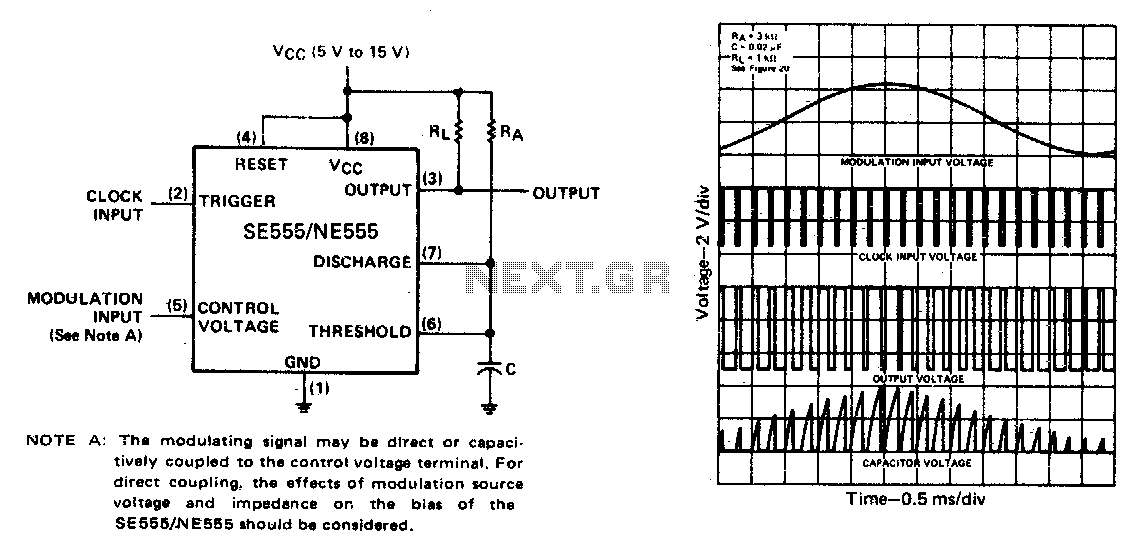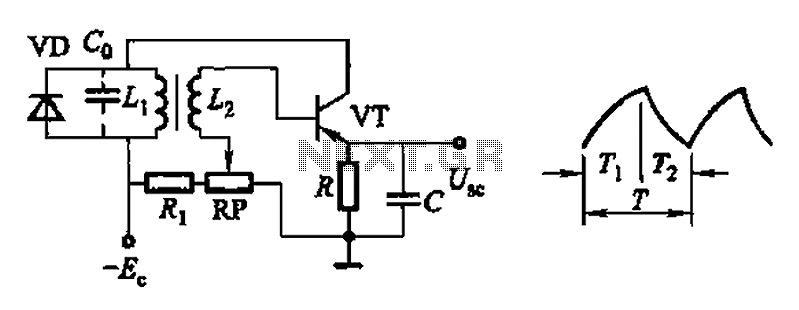
PULSE MAGNETIC THERAPY

Utilizing technology developed by Dr. Royal Rife, Gary Wade has created an ultrasound scanning device that effectively eliminates harmful microbes and pathogens through the application of multiple frequencies. Numerous articles on this site provide detailed information on this topic.
The ultrasound scanning rife device operates on the principles of frequency resonance, where specific frequencies are targeted to disrupt the cellular structures of harmful microorganisms. This device is designed to emit ultrasound waves that can penetrate biological tissues, allowing for the selective targeting of pathogens while minimizing damage to surrounding healthy cells.
The device typically consists of several key components, including a frequency generator, ultrasound transducer, and a control interface. The frequency generator produces a range of frequencies that can be adjusted based on the type of pathogen being targeted. The ultrasound transducer converts these electrical signals into mechanical vibrations, creating ultrasound waves that propagate through the medium.
In operation, the device is calibrated to emit frequencies that correspond to the resonant frequencies of specific pathogens. When these frequencies are applied, they induce mechanical stress on the microbial cells, leading to their disruption and eventual destruction. This method of pathogen elimination is non-invasive and can be applied in various medical and therapeutic settings.
In addition to its primary function, the device may incorporate safety features such as automatic shut-off mechanisms and user-friendly interfaces to allow for easy operation by healthcare professionals. The effectiveness of the device can be enhanced through ongoing research and development, focusing on optimizing frequency ranges and improving the efficiency of ultrasound delivery.
Overall, the ultrasound scanning rife device represents an innovative approach to microbial control, leveraging advanced technology to address health challenges associated with pathogenic infections.Using technology developed by Dr. Royal Rife, Gary Wade has invented an ultrasound scanning rife device that kills harmful microbes and pathogens with multiple frequencies. Many articles on this site tell how.. 🔗 External reference
The ultrasound scanning rife device operates on the principles of frequency resonance, where specific frequencies are targeted to disrupt the cellular structures of harmful microorganisms. This device is designed to emit ultrasound waves that can penetrate biological tissues, allowing for the selective targeting of pathogens while minimizing damage to surrounding healthy cells.
The device typically consists of several key components, including a frequency generator, ultrasound transducer, and a control interface. The frequency generator produces a range of frequencies that can be adjusted based on the type of pathogen being targeted. The ultrasound transducer converts these electrical signals into mechanical vibrations, creating ultrasound waves that propagate through the medium.
In operation, the device is calibrated to emit frequencies that correspond to the resonant frequencies of specific pathogens. When these frequencies are applied, they induce mechanical stress on the microbial cells, leading to their disruption and eventual destruction. This method of pathogen elimination is non-invasive and can be applied in various medical and therapeutic settings.
In addition to its primary function, the device may incorporate safety features such as automatic shut-off mechanisms and user-friendly interfaces to allow for easy operation by healthcare professionals. The effectiveness of the device can be enhanced through ongoing research and development, focusing on optimizing frequency ranges and improving the efficiency of ultrasound delivery.
Overall, the ultrasound scanning rife device represents an innovative approach to microbial control, leveraging advanced technology to address health challenges associated with pathogenic infections.Using technology developed by Dr. Royal Rife, Gary Wade has invented an ultrasound scanning rife device that kills harmful microbes and pathogens with multiple frequencies. Many articles on this site tell how.. 🔗 External reference





